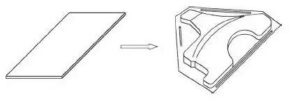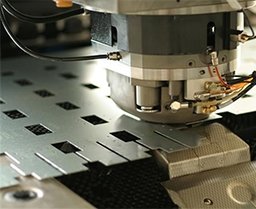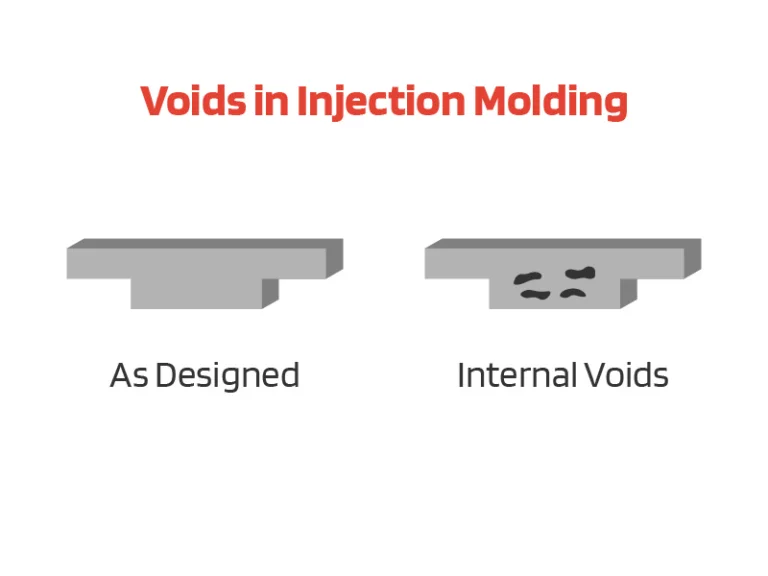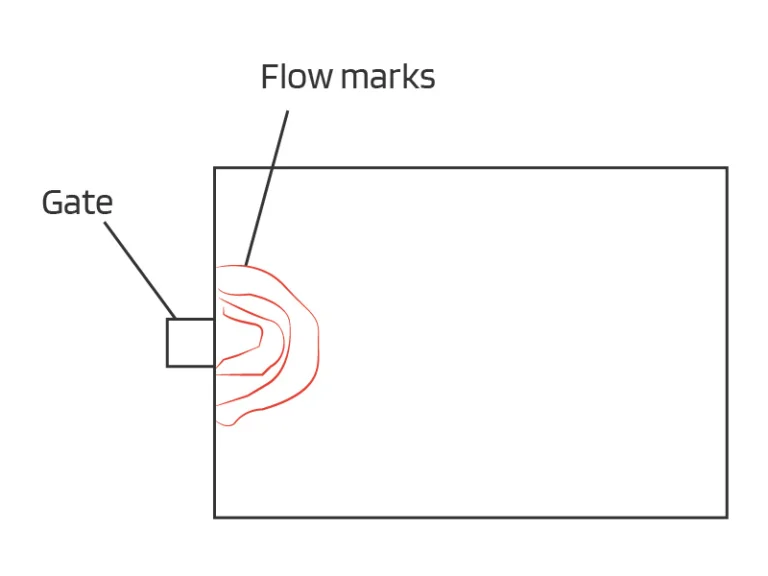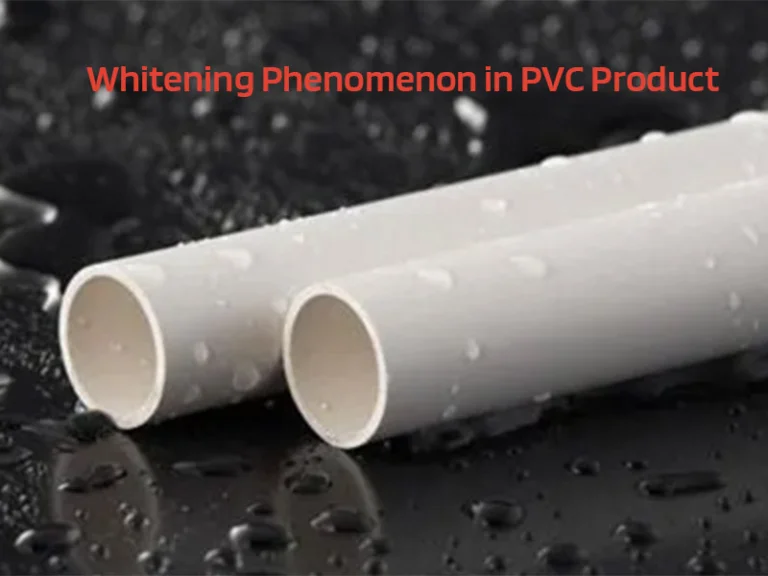Stretching metal forming is a stamping process that uses molds to form flat blanks into open hollow parts. As one of the main metal stamping processes, stretching metal forming is widely used. The drawing process can be used to make cylindrical, rectangular, stepped, spherical, conical, parabolic, and other irregularly shaped thin-walled parts. If it is matched with other stamping forming processes, it can also produce more complex shapes.
Use stamping equipment to carry out product stretch types of forming process, including stretching processing, re-drawing processing, reverse stretching, and thinning and stretching processing.
Zhongde is a professional metal stamping manufacturer of high-quality metal stamping services. Our high-precision stamping and prototype metal stamping can be applied to different materials, stamping plastic parts, and metal stamping products including aluminum stamping, and iron stamping. If you need die stamping, electrical stamping, progressive stamping, and short-run stampings, we can offer your custom metal stampings. Check if you have any interests.
When using stamping equipment for stamping and drawing processing, the following 16 types of stamping processes:
1. Round drawing:
The drawing of cylindrical products with flanges (flanges). The flange and the bottom are both flat, the sidewall of the cylinder is axisymmetric, the deformation is evenly distributed on the same circumference, and the blank on the flange produces deep drawing deformation.

2. Ellipse drawing:
The deformation of the blank on the flange is the stretching deformation, but the deformation amount and the deformation ratio change accordingly along the contour shape. The larger the curvature, the greater the plastic deformation of the blank; conversely, the smaller the curvature, the smaller the plastic deformation of the blank.
![]()
3. Rectangular drawing:
A low rectangular piece that is stretched and formed at one time. When stretching, the tensile resistance at the rounded corners of the flange deformation zone is greater than the tensile resistance at the straight edges, and the degree of deformation at the rounded corners is greater than that at the straight edges.
4. Hill drawing:
When the sidewall of the custom metal stamping is inclined, the sidewall is suspended during the stamping process and is not attached to the mold until the end of the forming. The deformation characteristics of different parts of the sidewall during forming are not completely the same.
5. Hill drawing:
The deformation of the blank of the hill-shaped cover plate during the forming process is not a simple stretching deformation, but a compound forming in which both stretching and bulging deformation exists. The deformation of the blank on the blanking surface is tensile (tensile stress in the radial direction and compressive stress in the tangential direction), while the deformation of the blank inside the profile (especially the central area) is bulging deformation (both radial and tangential) Is tensile stress).
6. With flange hemisphere drawing:
When the spherical part is stretched, the blank is in partial contact with the spherical top of the punch, and most of the rest are in a suspended and unconstrained free state. Therefore, the main process problem of this kind of spherical part stretching is the serious thinning of the local contact part or the instability and wrinkling of the curved part.

7. Flange drawing:
The flange part of the stretched product is processed by shallow drawing. The stress and strain situation is similar to compression flanging. Due to the tangential compressive stress, it is easy to wrinkle, so the forming limit is mainly limited by the compression wrinkle.

8. Flange drawing:
Perform angular re-drawing on the flange of the pre-stretched product. This kind of processing requires the material to have good plasticity.
9. Deep drawing:
Drawing products that exceed the limit of drawing processing can be completed after more than two times of drawings. The products that have been stretched in the depth direction of the front station are re-stretched in the depth direction. The wide flange stretched part is stretched to the required flange diameter when it is first stretched, and the flange diameter remains unchanged when it is stretched later.
10. Taper drawing:
For deep taper parts with h/d>0.8 and α =10°~30°, due to the large depth, the deformation of the blank is greater, and the blank is only in contact with the punch The partial area transfers the forming force, which can easily cause the blank to be locally excessively thinned or even broken, and it needs to be gradually formed through multiple transitions. The step stretching method is to first stretch the blank into a stepped transition piece, whose stepped shape is tangent to the inner shape of the tapered part and finally expands into a cone. The stretching times and processes of the stepped transition piece are the same as those of the stepped cylindrical piece.
11. Rectangular redrawing:
The deformation of high rectangular parts formed by multiple stretches is not only different from that of deep cylindrical parts but also very different from that of low box-shaped parts. Figure 1-46 shows how the shape and size of the part change with the height of the stretch during multiple stretches when the multi-station automatic conveying press is used to process high rectangular boxes.
12. Surface forming:
Curved surface forming is a method of stamping and forming a hollow product with a non-straight wall and non-flat bottom curved surface by reducing the outer flange part of the metal flat blank and extending the inner flange part.
13. Step drawing:
Re-draw the left-side initial drawing product to form a step-shaped bottom on the right. The deeper part is deformed in the early stage of stretching, and the shallower part is deformed in the later stage of stretching. The sidewall of the step change part is easy to induce shear stress and deform.

14. Reverse drawing:
Reverse drawing is a kind of re-drawing, which is a kind of reverse drawing. The reverse stretching method can increase the radial tensile stress and can achieve better results in preventing wrinkles. It is also possible to increase the stretch coefficient of re-stretching.

15. Ironing:
Different from ordinary stretching, thinning stretching is mainly to change the thickness of the tube wall of the stretched part during the stretching process. The gap between the convex and concave dies is less than the thickness of the blank. When the straight wall part of the blank passes through the gap, it is under a large uniform compressive stress. While the wall thickness becomes thinner during the stretching process, the wall thickness deviation of the container is eliminated and the surface of the container is increased. Smoothness improves accuracy and strength.

16. Panel drawing:
Panel products are sheet metal stamping parts with complex surface shapes. In the drawing process, the deformation of the blank is complicated, and its forming properties are no longer simple drawing forming, but a composite forming in which deep drawing and bulging exist simultaneously.
